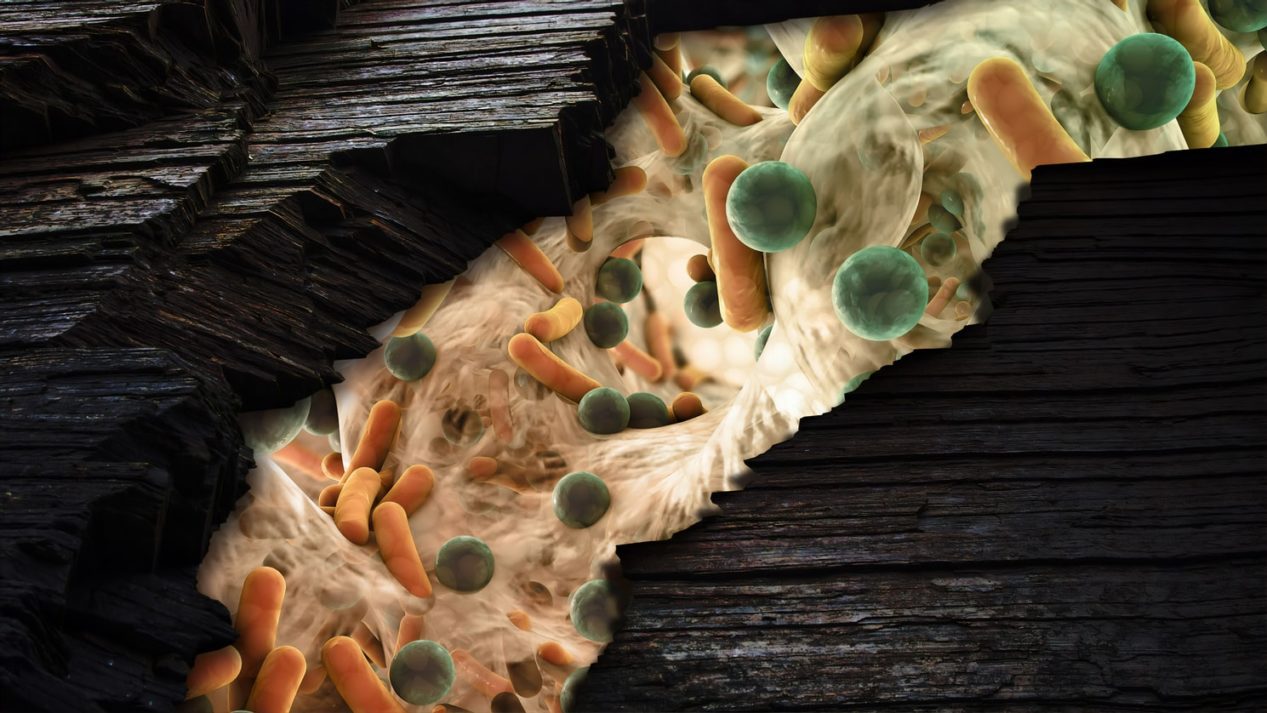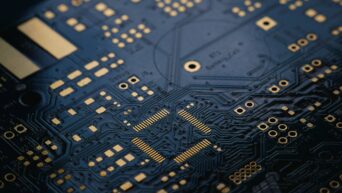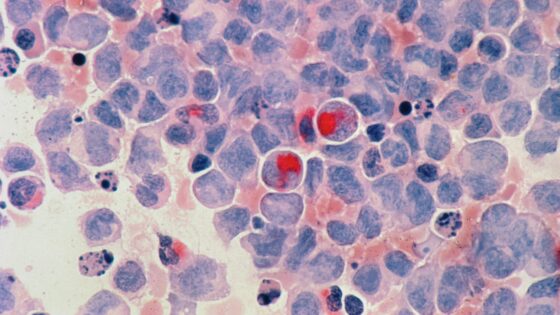
Credit: Unsplash
What kind of lifeforms develop in the vacuum of space?
Even in a hermetically sealed capsule floating in the infinite void, life has a tendency to find its own way forward. It helps that no matter how much you decontaminate a human being, we tend to carry a lot of microscopic life forms along with us thanks to our personal microbiomes. But while the denizens of the International Space Station have no shortage of familiar microbes to accompany them, it gets a little stranger when something entirely new comes into being.
Back in 2015, the denizens of the ISS isolated four strains of microbe from around their living quarters, from spots like control panels, dining tables, and filters. These microbes were sent back to Earth to discern their identities, where they’ve been under research ever since. Just recently, they were finally identified; all four strains belonged to a family of bacteria commonly found fresh water and clean soil. Now, this isn’t especially strange in itself, as the astronauts regularly grow their own food. However, only one of the strains was of a previously discovered genus. The other three were entirely new.

Credit: Unsplash
Researchers of the University of Southern California have tentatively named this new species Methylobacterium ajmalii, after the famous Indian biodiversity scientist Ajmal Khan. These microbes aren’t dangerous to humans; on the contrary, their presence may have been a primary contributing factor to the astronauts’ ability to grow crops in such an unusual environment.
“To grow plants in extreme places where resources are minimal, isolation of novel microbes that help to promote plant growth under stressful conditions is essential,” members of the research team said in a statement.
“This will further aid in the identification of genetic determinants that might potentially be responsible for promoting plant growth under microgravity conditions and contribute to the development of self-sustainable plant crops for long-term space missions in future.”































